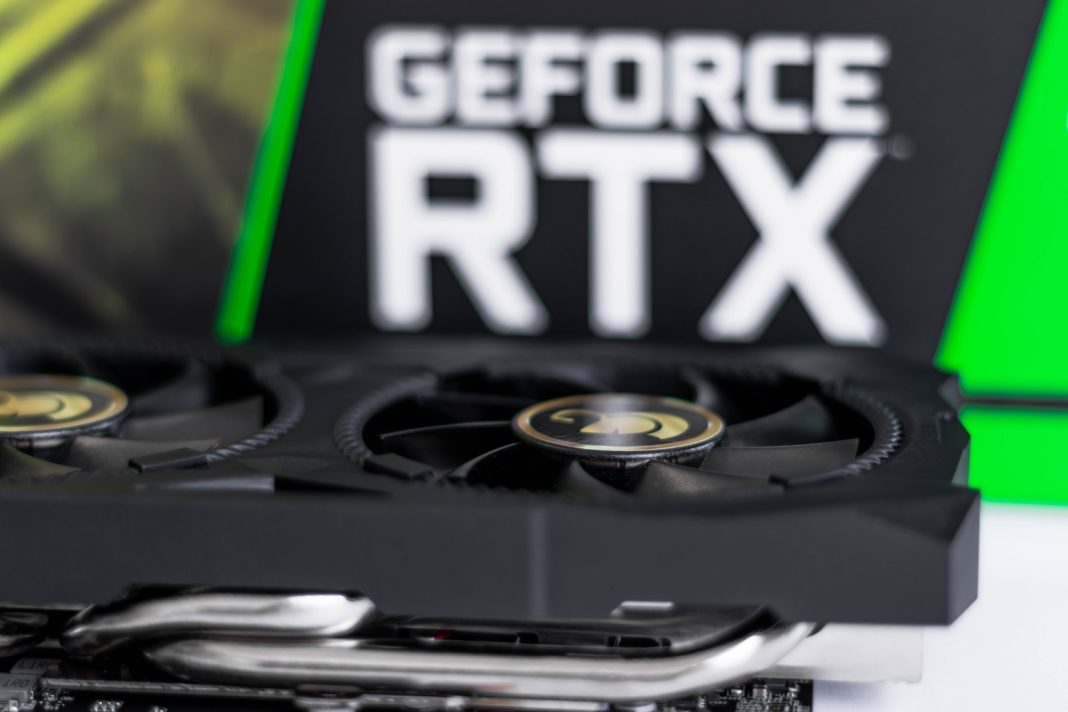Nvidia’s latest graphics card lineup, the RTX 4000 series, has been met with disappointment and underwhelming performance, leaving many gamers and tech enthusiasts craving for more. However, whispers in the tech community suggest that Nvidia’s next offering, the highly anticipated RTX 5000 line, might just rectify the shortcomings of its predecessor. If rumors hold true, we may witness the unveiling of the RTX 5000 series as early as next year.
The previous Ada Lovelace series, encompassing the lackluster RTX 4080 12GB and the underperforming RTX 4060 Ti, failed to live up to expectations, especially considering their price tags. Nvidia, therefore, seems eager to distance itself from the Lovelace blunder, which is why rumors surrounding its successor are generating considerable buzz.
During his keynote address at this year’s Computex, Nvidia CEO Jensen Huang made a mention of the Hopper Next architecture. Notably, Nvidia had previously introduced the Hopper architecture designed for data centers, enterprise applications, and AI purposes. Speculation is rife that Hopper Next could also find its way into gaming cards, signaling a potentially game-changing leap for Nvidia.
Insider source RedGamingTech’s YouTube channel claims that Hopper Next is essentially the codename for Nvidia’s upcoming gaming GPU line, known as Blackwell. According to the rumor mill, Blackwell is expected to be implemented across various product segments, including the highly anticipated RTX 5000-series GeForce GPUs, as well as high-performance computing (HPC) components tailored for AI and enterprise applications.
Blackwell is believed to bring a substantial performance boost compared to its predecessor, Lovelace. Initial benchmarks of the RTX 4060 Ti 8GB, for instance, have shown an increase in FPS equivalent to the previous-generation RTX 3060 Ti. With Blackwell, industry insiders speculate a significant 2X improvement, with a renewed emphasis on Nvidia’s signature ray tracing technology.
Sources close to the matter suggest that the RTX 5000 series will be based on TSMC’s cutting-edge 3nm process node. Nevertheless, during his address, CEO Huang hinted at the possibility of tapping into Intel for future chip manufacturing. Huang expressed satisfaction with early test results of an Nvidia chip manufactured using Intel’s next-generation process node, indicating that both companies are currently evaluating the potential collaboration.
One intriguing aspect of the upcoming RTX 5000 series is the question of how much VRAM Nvidia will integrate into its next-gen graphics cards. As modern video games demand an ever-increasing amount of VRAM, Nvidia has faced criticism for the limited VRAM capacity of its RTX 4000 cards. It remains to be seen whether the company will abandon 8GB configurations in the mid-range segment. Additionally, consumers are hopeful that Nvidia will reassess its pricing strategy, although this might be nothing more than wishful thinking.
While the release date of the RTX 5000 series remains shrouded in speculation, it is clear that Nvidia is eager to leave the Lovelace series in the rearview mirror as soon as possible. As the rumor mill churns, gamers and tech enthusiasts alike await the arrival of the RTX 5000 series, hopeful that it will herald a new era of graphics card performance and value.
Disclaimer: The release date and specifications of the RTX 5000 series are still based on rumors and should be taken with a grain of salt.


